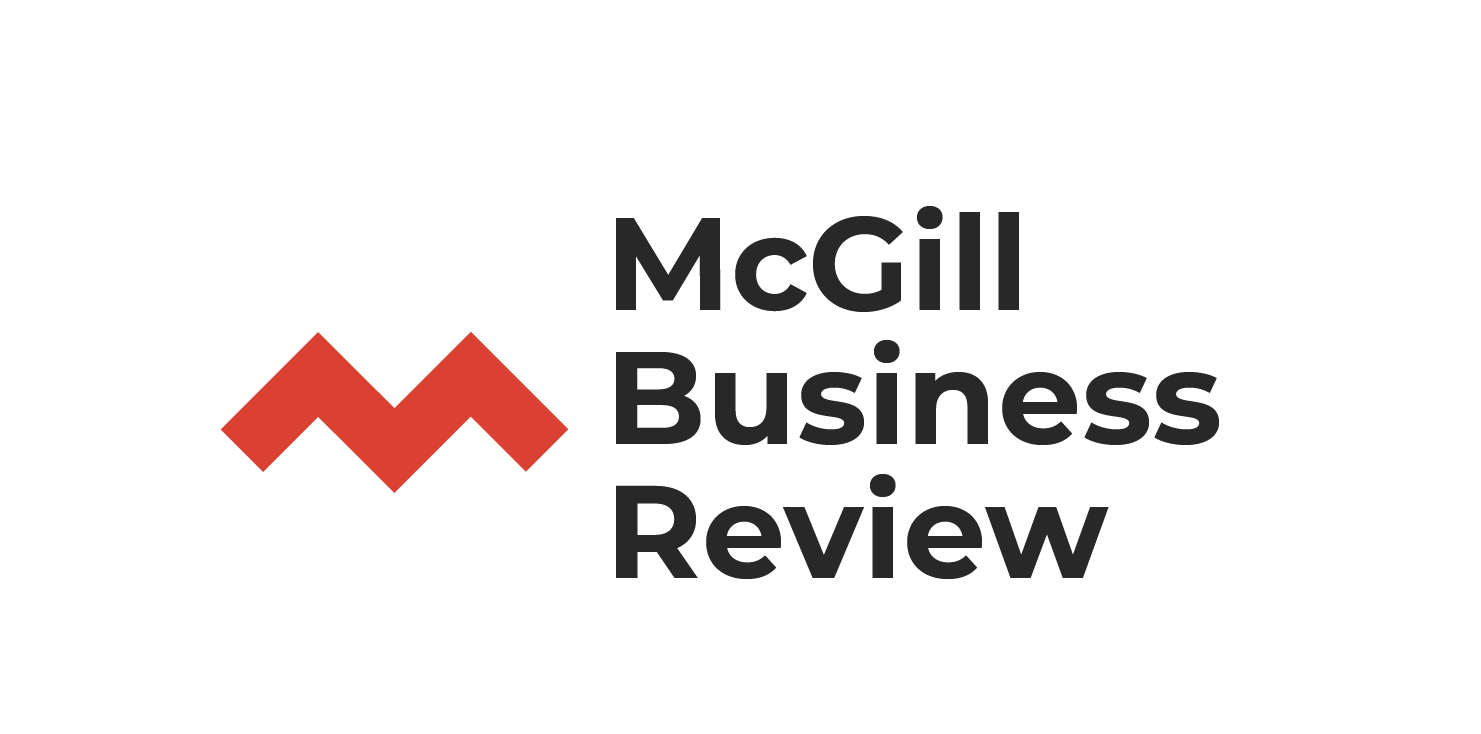Market Privatization: a Massive Tailwind for Mid-Market Private Equity
In 1996, the United States had listed 739 Initial Public Offerings (IPOs) and over 8,000 public companies. While a massive drop occurred in the early 2000s, the numbers have been stable since then. In 2024, IPO activity reached 225 and public companies 4,000.
French Chemist Antoine Lavoisier once said: “Nothing is created, nothing is lost, everything is transformed.” Today, money follows the same rule, flowing out of public markets and into private ones. As capital slows its movement through IPOs, it exponentiates in the hands of private equity firms, particularly in the middle market, that succeed in capturing growth and value once unattainable for them.
Key Trends Shaping Capital Movement
Companies are staying private for longer by delaying their IPOs. In 2000, the average company went public after six years. As of today, the timeline has stretched to 14 years, according to Blackstone. Over the past 20 years, private equity firms have offered annual returns of 13% net of fees compared to 8% for public equities. The higher returns offered from the private sector draws more and more capital continuously. This is reflected in the growth of private markets, whose $3 trillion in AUM in 2010 are set to surpass $18 trillion by 2027.
While IPOs can accelerate growth, the public scrutiny ranging from quarterly earnings expectations to mandatory disclosure and media pressure that follows can be detrimental to a company. Such factors lead managers of public companies to maintain discretionary spending on R&D, advertising, and maintenance, even if postponing such expenses would enhance long-term value.
Private companies such as OpenAI and SpaceX, respectively valued at $500 and $400 billion show that companies can fund their growth without worrying about constraints associated with public markets, thanks to growing private capital. As companies remain private longer, the value creation that once occurred in the public sphere is increasingly concentrated in the private sphere. Historically, when a company reached a valuation approaching $1 billion, the logical step was to raise capital by selling shares to the public.
Today, however, as IPOs are delayed, companies typically exceed that threshold before listing. Between 2019 and 2025, private companies that were valued over $1 billion when going public showed a median annual appreciation of 65.7% between reaching $1 billion valuation and IPO. All of this appreciation that would have benefited public shareholders before, now remains in the private sector, concentrating even more economic gains within the private market.
The world’s five highest-valued private companies are valued at an average of over $250 billion which corresponds to 25x the valuation of the current top five public companies when they transitioned from private to public. This illustrates how drastically more value is now being captured before shares are offered to the general public. In today’s economy, companies on both sides can achieve astonishing growth but the real opportunity lies with private equity firms, which now capture growth that used to unfold only after a company became public.
Implications for Mid-Market Private Equity
This shift toward staying private creates a particularly fertile environment for mid-market private equity firms, who target companies with an enterprise value between $50 million and $1 billion and annual revenues between $50 and $500 million. A typical IPO in the 1980s, 1990s and 2000s, occurred at a valuation roughly in the same range. Since companies are now larger and more mature when they finally go public, modern IPO valuations are much higher than in the past. Hence, when most companies reach a valuation at which an IPO would have been a no-brainer decades ago, they now consider the move to be premature. Instead, they often turn to mid-market private equity firms to generate capital. Ultimately, both large-cap and mid-market private equity firms benefit from delayed IPOs. Mid-market firms, however, gain an edge in terms of competitiveness and exit flexibility.
Fundamentally, the middle market is less competitive than the large-cap segment as it comprises far more investable companies than capital pursuing them. According to consulting firm Bain & Company, large buyout funds capture most of the capital raised, even though the middle market represents the majority of deal volume. Delayed IPOs amplify this advantage for mid-market firms as they fall within the revenue and valuation range most affected by the trend. This creates a favorable supply-demand imbalance, giving mid-market firms access to a large pool of potential investments while still facing relatively few competitors. When it’s time to exit, companies in the middle market normally have a wider variety of options than large-cap firms, including sales to other financial sponsors firms or strategic buyers. In fact, from 2018 to 2022, approximately 97% of middle market exits were through sales to either one of those two pathways. Larger organizations often rely on IPOs and a limited number of strategic buyers.
The IPO slowdown makes it even harder in an already heavily constrained exit environment for large-cap managers to maintain liquidity. Having more frequent entry and exit points enhances mid-market firms’ liquidity. It gives them greater control over the timing of transactions and an advantage in securing attractive deals.
Conclusion
As a result of the private sector’s continued ability to generate higher returns, the market is able to support more businesses. This shift redirects value creation from the public sphere to private equity firms, which now capture gains that would historically have accrued to public shareholders. Mid-market private equity benefits from delayed IPOs which expand their deal flow, while its competitive advantage and exit freedom provide an upside unreplicable by large-cap firms. Investors will increasingly need to consider what this means for the future of the stock market. How will public markets adapt as more growth takes place before companies ever reach them?


